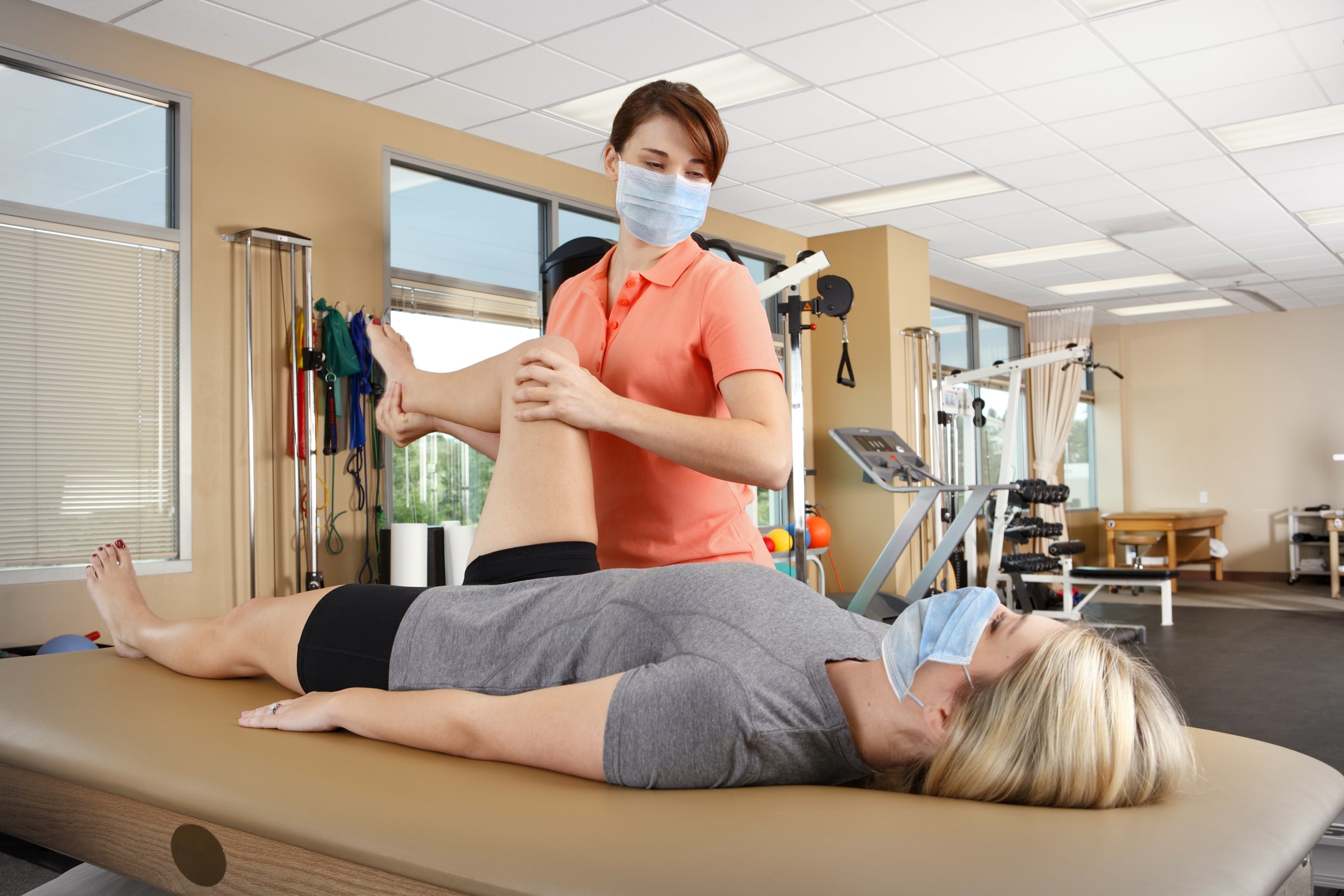Harnessing the Power of Physical Activity to Alleviate Persistent Discomfort and Enhance Standard of Living
Harnessing the Power of Physical Activity to Alleviate Persistent Discomfort and Enhance Standard of Living
Blog Article

Persistent pain impacts millions of individuals worldwide and can substantially reduce the quality of living. It can result from various disorders, such as arthritis, chronic pain syndrome, or previous traumas. While drugs and treatments are commonly employed to manage pain, a expanding body of research shows that exercise can serve a crucial role in relieving chronic pain. Engaging in consistent physical exercise can not only help lower pain levels but also enhance overall well-being and capability. Understanding how exercise affects the body can enable individuals to assume control of their pain management.
Exercise has several physical benefits that can aid reduce chronic pain. When people engage in exercise activities, their systems release endorphins, which are natural pain-relievers. Additionally, exercise can improve blood circulation and fortify muscles, providing superior support for articulations. For those with issues like arthritis, low-impact workouts such as aquatic exercises or biking can help maintain joint flexibility without putting excessive stress on the system. Consistent exercise also assists in preserving a fit weight, which can reduce the stress on weight-bearing joints and further alleviate pain.
In addition to its physical benefits, exercise has a positive impact on emotional health. Chronic pain can often result to emotions of anxiety and depression, which can exacerbate the experience of pain. Engaging in regular physical go to this web-site exercise can assist fight these emotions by enhancing self-esteem and improving mood. Group exercises, such as yoga or pilates, also provide social interaction, which can enhance emotional backing. This mixture of bodily and emotional health benefits makes exercise an essential component of a comprehensive pain management strategy.
It is important to approach exercise with care, particularly for those managing with chronic pain. Starting slowly is crucial to avoid exacerbating symptoms. Patients should think about seeking advice from healthcare professionals to develop a personalized exercise plan that takes into account their particular issues and constraints. Activities such as stretching, walking, or gentle yoga can be great starting points. Slowly boosting the effort and duration of workouts can help build strength and endurance without inducing undue strain on the body.
In conclusion, harnessing the benefits of exercise can substantially reduce chronic pain and enhance standard of life. Consistent physical exercise not only helps to reduce pain through the release of endorphins and enhanced muscle strength but also promotes mental well-being. By incorporating exercise into daily routines, individuals can enable themselves in controlling their pain. A thoughtful and informed approach to exercise, guided by healthcare experts, can lead to lasting benefits in health and overall standard of life.